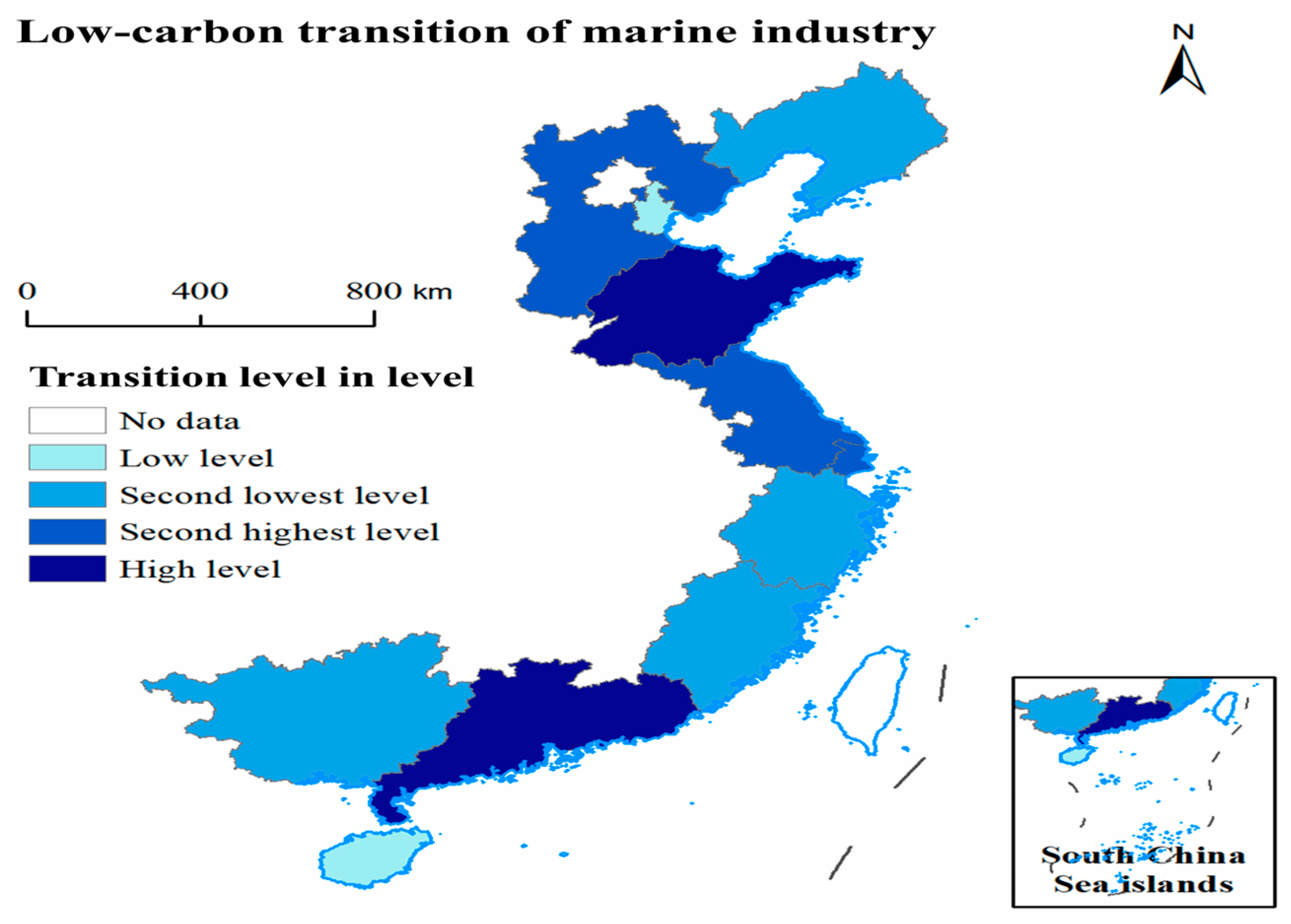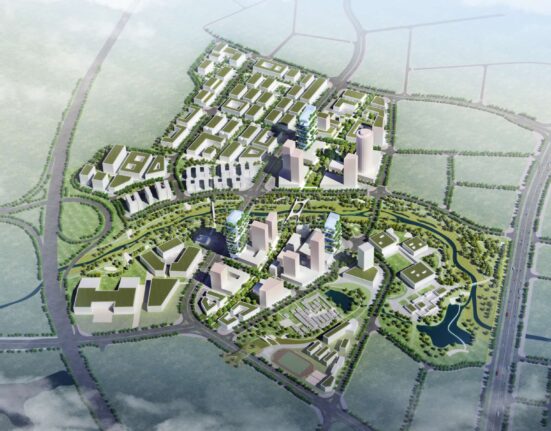Wandering the bustling streets of Shenzhen, you can’t help but notice the electric buzz in the air – and it’s not just from the futuristic cityscape. Shenzhen, often hailed as China’s
“first city of new-energy vehicles,”
is a pioneer in more ways than one. With slogans promoting “green and low carbon
” lifestyles plastered across the city, Shenzhen is leading the charge in sustainable urban development.
Backtrack 40 years ago when Shenzhen spearheaded China’s economic reforms. Fast forward to today, it stands at the forefront of carbon mitigation efforts, setting an example for other cities across China. By replacing all buses, taxis, and ride-hailing cars with electric versions and boasting a remarkable 77% market share for new energy vehicles (NEVs) in 2024 – well above the national average of 48% – Shenzhen is blazing a trail towards a greener future.
Wei Fulei from the China Development Institute highlights that Shenzhen’s transformation wasn’t an overnight miracle. It was a result of meticulous planning, unwavering government support, and market-driven solutions. As heavy air pollution peaked in the early 2000s, city officials rolled up their sleeves to tackle environmental challenges head-on – with impressive results. According to a BBC report from 2017, Shenzhen slashed its average air pollution levels by around 50%, earning its stripes as one of China’s first low-carbon cities.
Shen Xinyi from the Centre for Research on Energy and Clean Air underscores how Shenzhen strategically nurtured emerging industries like information technology which became vital pillars supporting low-carbon initiatives like NEVs. The success story doesn’t end there; according to Shen Xinyi: “
Shenzen has made substantial investments in wind power, solar power along with EVs.”
The key to Shenzen’s successful transition lies in its ability to balance government support with market dynamics effectively – where enterprises lead about 90% of efforts while governmental intervention comes into play only when necessary.
Shifting gears towards energy intensity and carbon control measures came early on Shenzhen’s agenda. In response to national policies advocating for “dual control” systems regulating both energy consumption and emissions intensity since 2016; by embracing ‘dual control of carbon,’ Shenzen positioned itself as an early advocate towards achieving carbon neutrality goals.
Crucially differentiating itself from other Chinese cities is Shenzen’s robust nuclear power infrastructure which plays a pivotal role in bolstering clean energy usage while significantly reducing reliance on fossil fuels – setting an inspiring precedent for sustainable urban energy transitions nationwide.
As green finance gains prominence globally, Shenzen isn’t far behind either; pioneering green bonds issuance alongside innovative financial legislation that fosters private investments into environmentally friendly projects marks yet another feather in this eco-conscious city’s cap.
While Shenzen shines as a beacon of low-carbon success underpinned by what some call the “Shenzen model,” experts caution against blanket replication elsewhere in China due to unique local conditions that shape each city’s transition journey uniquely.
As other cities like Suzhou and Tianjin embark on their sustainability quests tailored to their specific contexts, lessons learned from Shenzen’s voyage serve as guiding stars rather than cookie-cutter templates for sustainable urban development nationwide.









Leave feedback about this